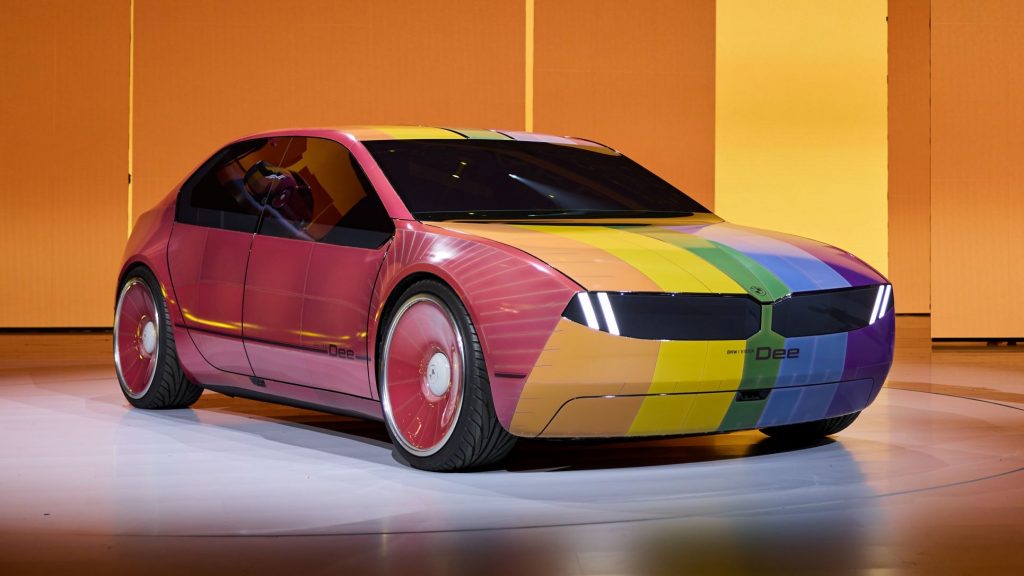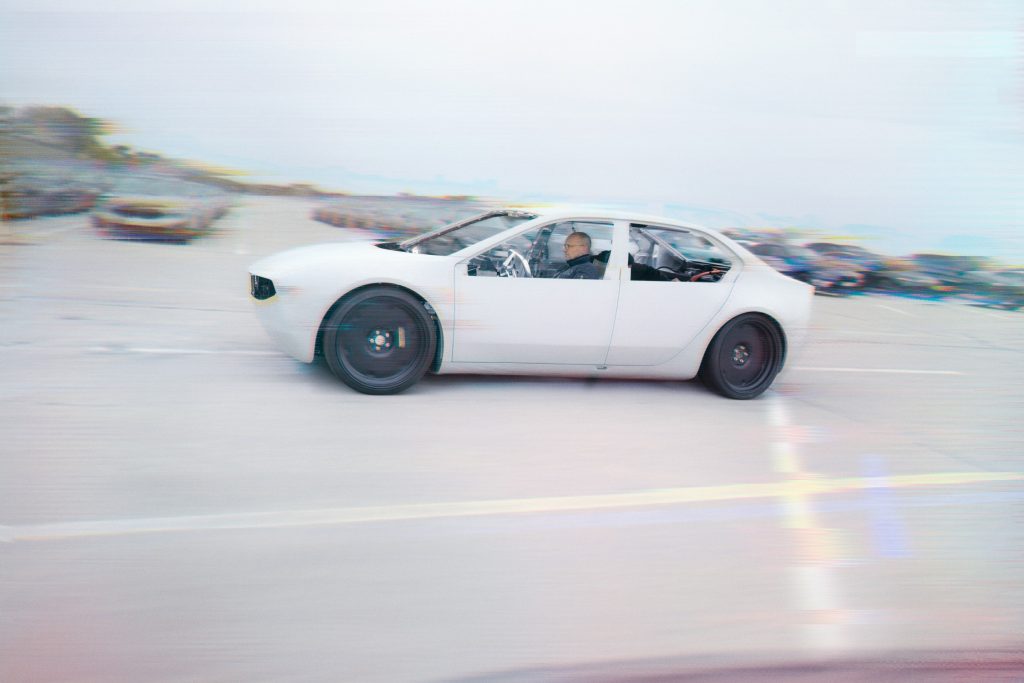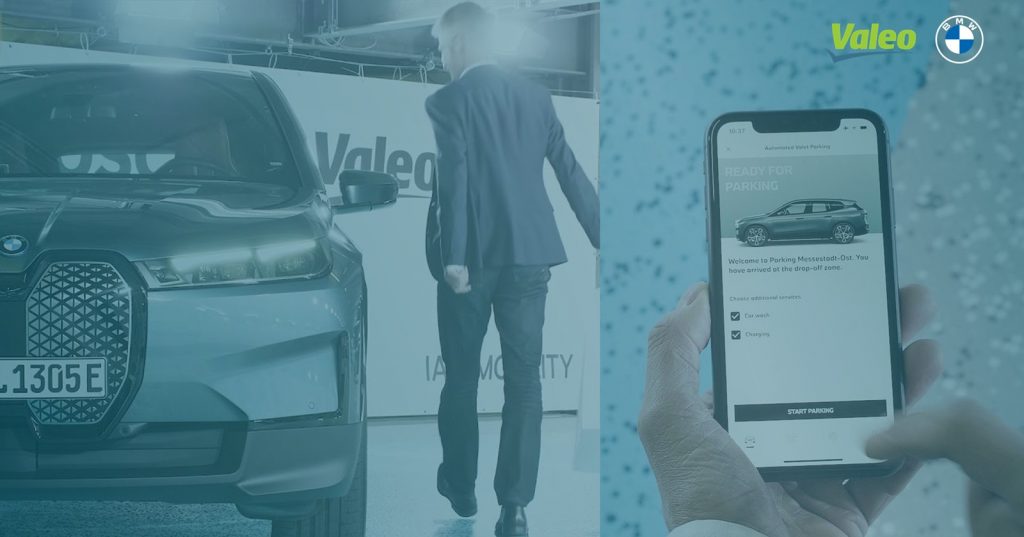
The BMW Group and Valeo are taking their automated relationship to the next level by co-developing advanced parking technologies up to Level 4—with no supervision needed by the driver. This comes after the June 2022 announcement of their collaboration for ADAS (advanced driver assistance system) domain controller, sensors, and software for parking and maneuvering for BMW’s upcoming “Neue Klasse” next-generation modular platform due to launch in 2025.
For that earlier ADAS announcement, Valeo will develop and produce the ADAS domain controller capable of managing all data flows from all ADAS sensors in BMW Group vehicles based on the Neue Klasse platform. The Valeo ADAS domain controller, powered by Qualcomm Snapdragon SoCs (systems on chip), will host Valeo’s software platform for low-speed maneuvering as well as software assets from BMW and Qualcomm for driving automation. The system being developed by Valeo, BMW Group, and Qualcomm is able to obtain real-time mapping and understanding of the car’s surroundings as well as the interior of the vehicle, with new features and upgrades that will be added throughout the car’s lifecycle.

For the new collaboration, the companies signed a new agreement in January focusing on the joint development of a next-generation high-end parking user experience for customers on private grounds and parking facilities.
“Ranging from Automated Maneuver Assistance to Level 4 Automated Valet Parking, all functions will be based on technology and sensors in the car,” commented Geoffrey Bouquot, Group CTO & Senior Vice President of Strategy at Valeo, on LinkedIn. “Infrastructure-based services will also be jointly developed to experience fully automated parking and charging in enabled public parking facilities and sites.”
The co-development of these automated parking solutions will involve more than 100 R&D specialists from both companies over the duration of the collaboration. The software and functions will be based on the current automated parking software stack first launched with the BMW iX electric SUV in 2021. In the next generation, it will be further extended by a more powerful computing platform hosting jointly developed algorithms.

“This joint development is an important milestone for the BMW Group with regards to our next generation of automated driving and parking,” said Nicolai Martin, Senior Vice President, Driving Experience, at BMW Group. “With scalable Level 4 parking experiences, we confirm and strengthen our leading position in this domain. To create truly amazing end-user functions, state-of-the-art software, and hardware is needed in all aspects of the digital value chain, as well as the power of a fleet data ecosystem.”
“Building on already commercialized software stack components, this cooperation will leverage our know-how and technologies, such as advanced AI-based computer vision algorithms, and enable us to extend our portfolio to L4 functions as well as into cloud services,” added Marc Vrecko, President of Valeo’s Comfort and Driving Assistance Systems Business Group. “Other automakers will be able to join this platform, with BMW once again setting the standard for the most intuitive and pleasant user experience that its customers rightly expect.”
As the name implies, automated valet parking is intended to offer a fully automated and driverless parking experience. At a drop-off zone, the user leaves the car and the vehicle takes over tasks such as autonomously finding a parking spot, maneuvering for parking in and out, and driving back to a pick-up zone to return the vehicle back to its user. Additional services like fully automated charging or fully automated washing can be deployed to optimize the use of the parking time. The partners feel that such functionalities offer real customers benefits in terms of comfort and safety.
According to the draft of an upcoming ISO standard, AVP solutions will be clustered into two main system categories: Type 1 and Type 2. For a Type 1 system, the necessary technologies, including all sensors, computing units, and algorithms, run on the vehicle. For a Type 2 system, the required technologies, including sensors and the AVP management system, are installed in the infrastructure such as a parking facility, and the vehicle is controlled by the infrastructure.
The partners intend to support both Type 1 and Type 2 AVPs, striving for the most advanced solutions for parking experiences up to Level 4 according to customer demand.

